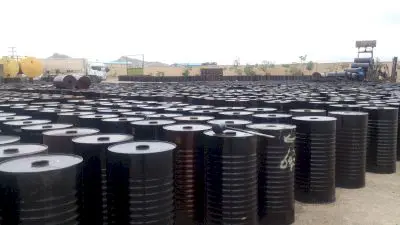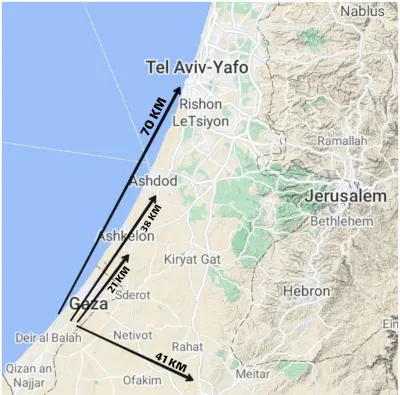Bitumen Prices in Palestine
Palestine theoretically includes the West Bank (a territory that sits between modern-day Israel and Jordan) and the Gaza Strip (which borders modern-day Israel and Egypt). Bitumen occurs naturally from under the earth's crust in the form of springs, lakes and surface mines in solid and liquid form. Citrus fruits, strawberries, and flowers are the most important exports of the Gaza Strip. Bitumen extracted from oil or special minerals is called pure bitumen, which is classified according to its formation
Add your import and export orders to this list
Warning: Undefined variable $formTitle in /home/anbar/domains/anbar.asia/anbar/inc/html/desktop/orderform.php on line 10
Warning: Undefined variable $marketName in /home/anbar/domains/anbar.asia/anbar/inc/html/desktop/orderform.php on line 12
Warning: Undefined variable $location in /home/anbar/domains/anbar.asia/anbar/inc/html/desktop/orderform.php on line 12
If you want to trade in the , please join in Anbar Asia. Your order will be shown here, so the traders of contact you

There are the number of 4.1 million Palestinians, and more than 1.2 million Palestinians in the Gaza Strip. Palestine is as an old state in the Middle East. Bitumen has been used as a waterproofing material since ancient times and in the time of Sumerians, Assyrians and even many previous civilizations
- Palestine Paraffin Market
- Palestine Engine Oil Market
- Palestine Bitumen Market
- Palestine Base Oil Market
- Palestine Petroleum Coke Market

The Achaemenid dynasty used bitumen for sealing and waterproofing the palace with the grandeur of Persepolis. Remains of it can be seen in the historical complex of Persepolis. Ancient Susa artists used a mixture of bitumen and heated it to obtain a composition that was very similar to stone. They used this material to make various objects as well as to make sculptures and fossils.
Read More ...
Its economic growth is about 6 percent, which seems appropriate for a war-torn country. Of course, a large volume of this GDP and growth is related to the western territories of Palestine, and the Gaza Strip has less of a role in these figures. The Gaza Strip industry is often made up of family businesses that produce textiles, soap, olive wood carvings, and pearl oyster souvenirs.
Read More ...
